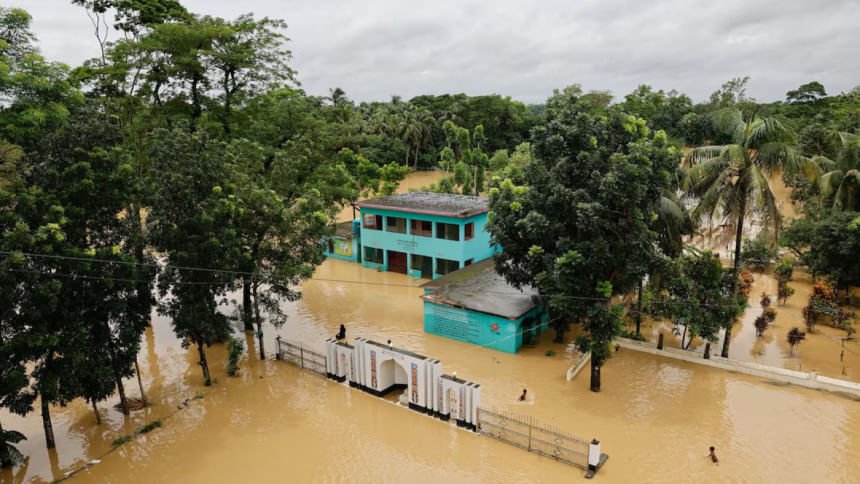On this International Day for Disaster Reduction, the focus is on the theme “Fund Resilience, Not Disasters,” which holds special significance for Bangladesh. Situated at the meeting point of the Ganges, Brahmaputra, and Meghna rivers, and bordered by the Bay of Bengal, Bangladesh faces a high risk of disasters due to its geographic location. The country experiences a range of disasters, including cyclones, landslides, floods, and heatwaves, which have a significant impact on its population.
Over the past two decades, disasters in Bangladesh have incurred a cost of over $13.6 billion and affected a large number of people. The human toll of these disasters is profound, with millions of children affected by extreme heat, floods, and cyclones. Despite advancements in disaster risk management policies and institutions, the current system in Bangladesh focuses more on post-disaster response rather than prevention.
One major issue highlighted by experts is the allocation of funds for disaster management. While Bangladesh has established national policies and disaster management funds, there is a gap in utilizing these funds for proactive measures. District-level committees often face obstacles in accessing funds for preparedness and early action, leading to a reactive approach to disasters.
To address this challenge, the concept of anticipatory action (AA) has been proposed as a more effective approach to disaster management. Anticipatory action involves linking early warnings to early financial actions, with the potential to significantly reduce losses and enhance preparedness. Forecast-based financing (FbF) is a key mechanism within anticipatory action, allowing for the pre-allocation of funds based on forecast triggers to enable timely response to disasters.
Bangladesh has been at the forefront of implementing AA initiatives, including anticipatory cash transfers, early action protocols for various hazards, and integrating AA with social safety net programs. By empowering local authorities, leveraging technology for transparent fund management, and partnering with NGOs and humanitarian organizations, Bangladesh aims to strengthen its disaster resilience and move towards a more proactive approach to disaster management.
The shift towards investing in resilience before disasters strike is essential to safeguarding the people and resources of Bangladesh. Embracing forecast-based financing and prioritizing preparedness over post-disaster response are crucial steps towards building a more resilient future for the country.

